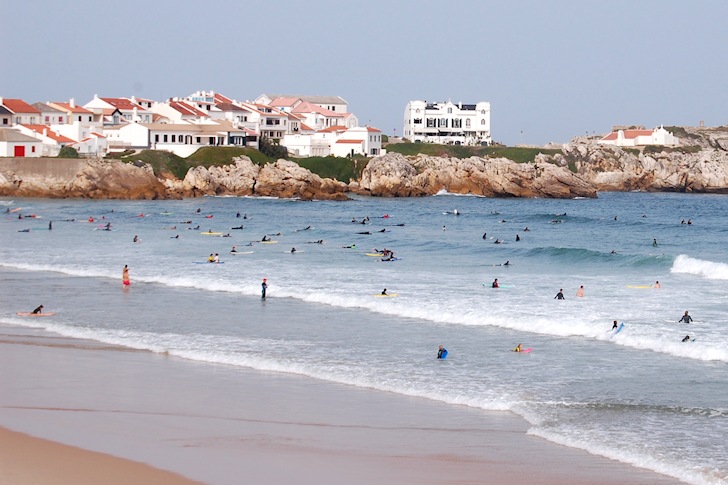It might sound bizarre, but Indonesian surfers are getting paid to block waves to give clients priority and right of way in crowded line-ups.
Forget everything you saw in surfing. We knew that waves are treasures in many regions of the world. Perfect slopes may be compared to gold nuggets; thousands of recreational, amateur and professional surfers want them madly.
Surfers around the world build dreams in their brains. They spend years saving for the surf trip of their lives, with plenty of idyllic images of empty breaks where sun is always shining and warm. You can't blame them.
So when surfers travel thousands of files to ride the wave of their dreams, they often find super crowded peaks, filled with all levels of surf etiquette performers. However, money has endless creative uses. Money can change that.
Our friends at The Surfer's Journal have unveiled an intriguing reality. Foreign surfers are paying Balinese surfers to block waves for them. Sounds absurd? It does, but it works.
"I tell my guests: 'I will give you a sign, so watch me.' If the wave is a right-hander, somehow I go to the left, but the guests take off. Or we take the second wave from the inside: block the other guy and give your guest the wave," Anggara Putra explains The Surfer's Journal.
"Sometimes I'm at the peak and I give my priority. Sometimes two guides work together, even if we have two different groups. If I'm too far from the take-off point, he can block. Or if he's too far, I can. Or I'll just paddle in front of someone so they cannot go."
Balinese surfers have decided to test their "business model" because surf tourists would drop in on them too many times. That why is Sanur and Kuta spots are already taken by the surf blocking "industry."
Getting exclusive wave rides may cost you between 30 and 60 dollars for a couple of surf sessions. The surf blockers are here to stay. It will only take time before it becomes a full-time occupation at your home break.
